Design Expedition

Exploring the world of design, one city at a time.
Our annual Design Expedition (DX) was developed to engage a diverse cross-section of employees in design discussions while immersing ourselves in a broad range of urban environments. While visiting and documenting buildings is a core activity, the primary function of DX is discourse. Discussions are intended to elevate GBBN design rigor and spark investigations that can permeate the firm through research, discovery, and narratives.
DX 2023
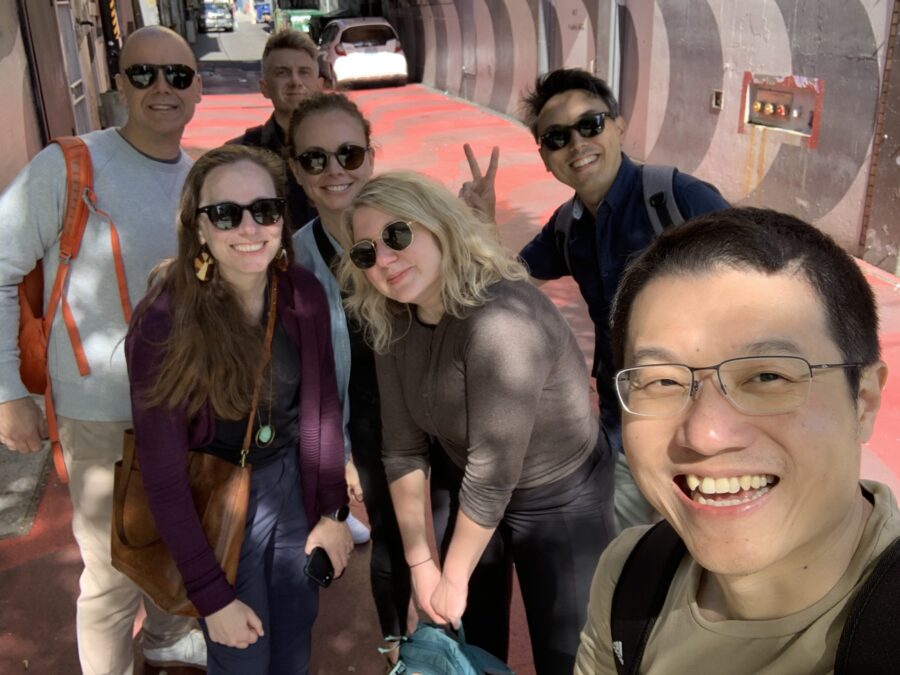
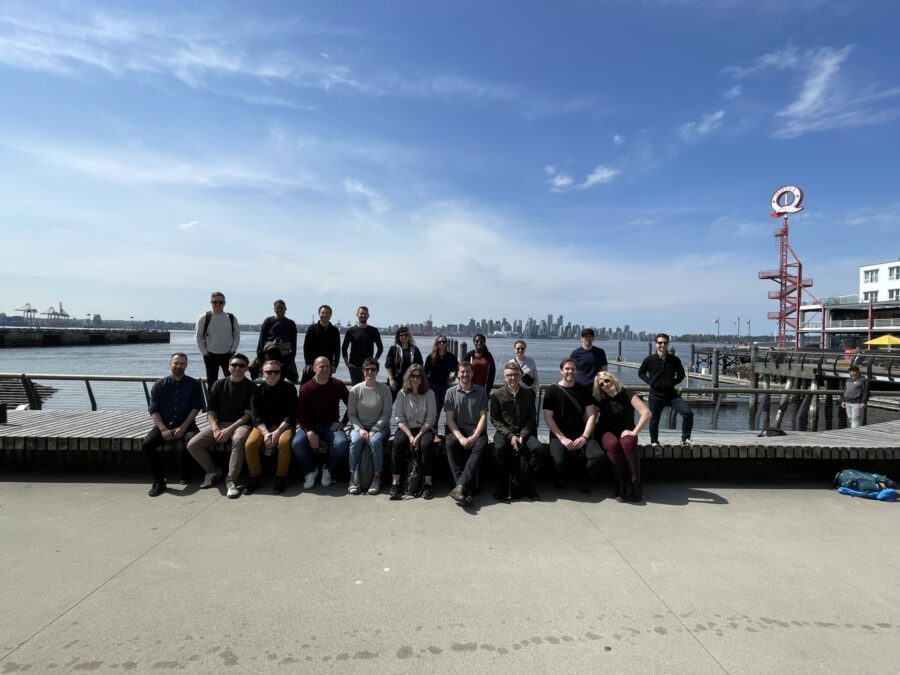
Why Vancouver? Our Design Expedition theme this year was integrated design thinking. Vancouver offered interesting examples of how bringing multiple lenses together early in a project (planning, architecture, interior design, landscape design, technology, fabrication, sustainability, research, and storytelling) can positively impact the built environment and the people who use it. As an international coastal city, we wanted to explore Vancouver’s connection to its natural surroundings but also its relationship to its indigenous history and community; how building codes impact the pedestrian experience among its many residential towers; mass timber building systems; how spaces respond to the human scale; how (or how not) does Vancouver’s built environment foster a sense of welcome and inclusivity–and so much more.
What we saw, what we did: As with every DX, we walked. And talked. A lot. Walking and using public transportation as much as possible helps us get to know a place and experience everyday design moments at various scales. Our official itinerary included tours at structural engineering firm Fast & Epp, Ronald McDonald House BC & Yukon, the University of British Columbia, and the Audain Art Museum in Whistler, but our explorations had us ranging far and wide—to Vancouver House, Robson Square, Chinatown, the city’s waterfront, The Shipyards, and everywhere in between. We found ourselves in pubs, pocket parks, alleyways, and mountain lakes. Accompanying us on our adventures were limitless curiosity and conversation around everything were experiencing.
DX 2020
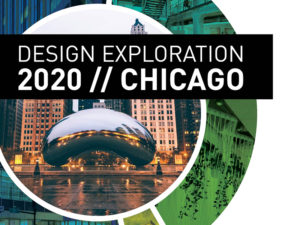
Why Wellness? For our 2020 Design Expedition (DX), we planned to visit and examine several projects in Chicago through the lens of wellness. While our expedition itinerary was scuttled by the coronavirus pandemic, the issue of health and well-being in the built environment is too urgent to hit pause. We may not be traveling, but we never stop exploring.
We all know the impact our industry has on the health of people and our planet; it is our duty to make positive change. Our 2020 Design Exploration brings together existing research and knowledge within GBBN, digs into exemplary projects, and taps experts around the country who can help us advance our point of view and our work. Without leaving our seats, we’re stepping into a whole new world. Stay tuned!
DX 2019

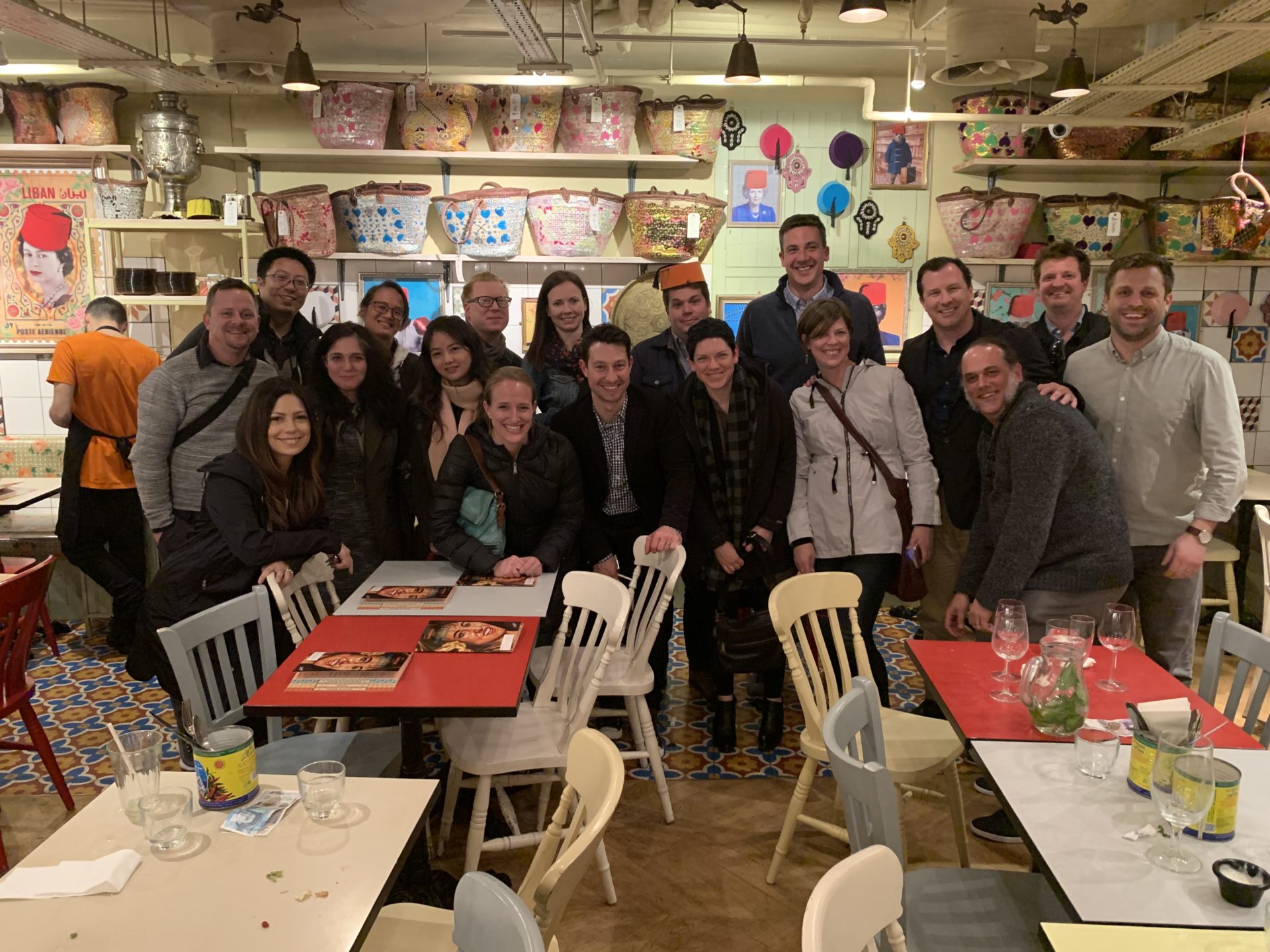
Why London? Transformative spaces don’t come easily. Ushering a bold vision into reality not only takes hard work, it also takes partners. London is a city where impactful projects often come about through the actions of uncommon partnerships and strange alliances. The Maggie’s Centres are the perfect embodiment of this: Had Maggie Jencks not studied landscape; had her husband not been a well-connected architecture critic; had she not had financial resources; had Maggie not succumbed to cancer; had she not met Laura Lee, an unconventional nurse, who set out to help her develop a handbook for cancer patients (but ended up running her foundation), there would not have been the convergence of vision, resources, and allies necessary to develop 22+ highly-individualized—beautiful, humanizing—support spaces for people affected by cancer. Something about London seems to foster this kind of unusual collaboration and we went there to explore it.
What we saw, what we did: We went to London looking for uncommon partnerships. Our itinerary included the Maggie’s Centres in West London and St. Bart’s, Tate Modern, One New Change, the London Design Museum, and the addition and courtyard at the V&A. Of course, we also found ourselves in pubs and parks, amongst throngs of climate protestors, and wandering the endless corridors of the Barbican. Wherever we went, we explored the politics, economics, social dynamics, and stakeholder influences that shaped our environment. We found uncommon partnerships. But we also found that these were often preceded by messier, more tenuous connections that form between seemingly unrelated people and endeavors in London’s dense urban fabric.
Download DX 2019 Book
DX 2018
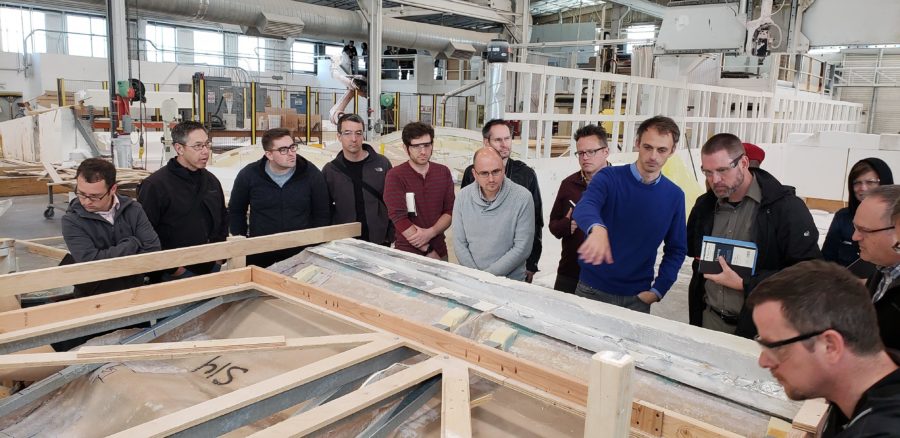
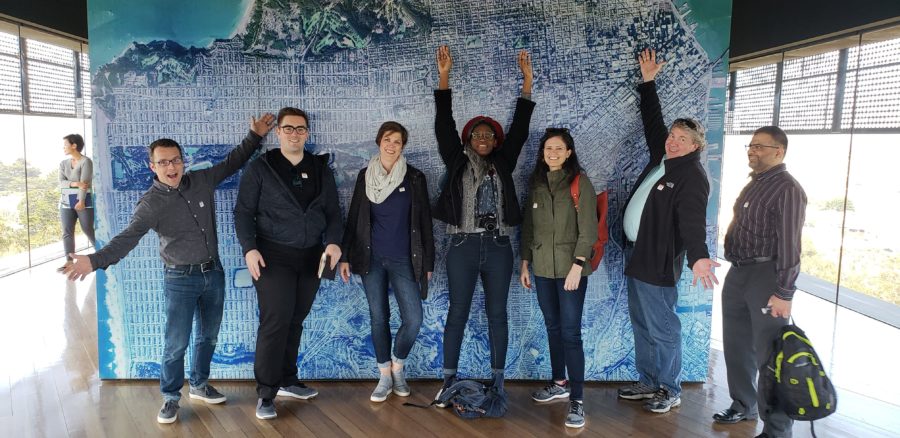
Why San Francisco? Staying abreast of the best in digital design and fabrication is part of our ongoing commitment to incorporate these techniques into our work. San Francisco offered several places for us to explore projects from concept to fabrication to installation. Kreysler’s façade at SF MOMA is a perfect example. We were able to visit Kresyler’s fabrication site and then see the finished façade in place at the museum.
What we saw, what we did: In addition to Kreysler, we visited Autodesk’s Pier 9 and Gallery and the DeYoung Museum. Firsthand conversations with other designers and fabricators led to one of our major takeaways: It’s not about a project’s size or budget, the gritty work of finding solutions happens at every scale. Evening shuffleboard smackdowns at the Hotel Zetta, trivia at Rosamund Grill and sampling some amazing Korean barbecue rounded out the trip.
Download DX 2018 Book
DX 2017
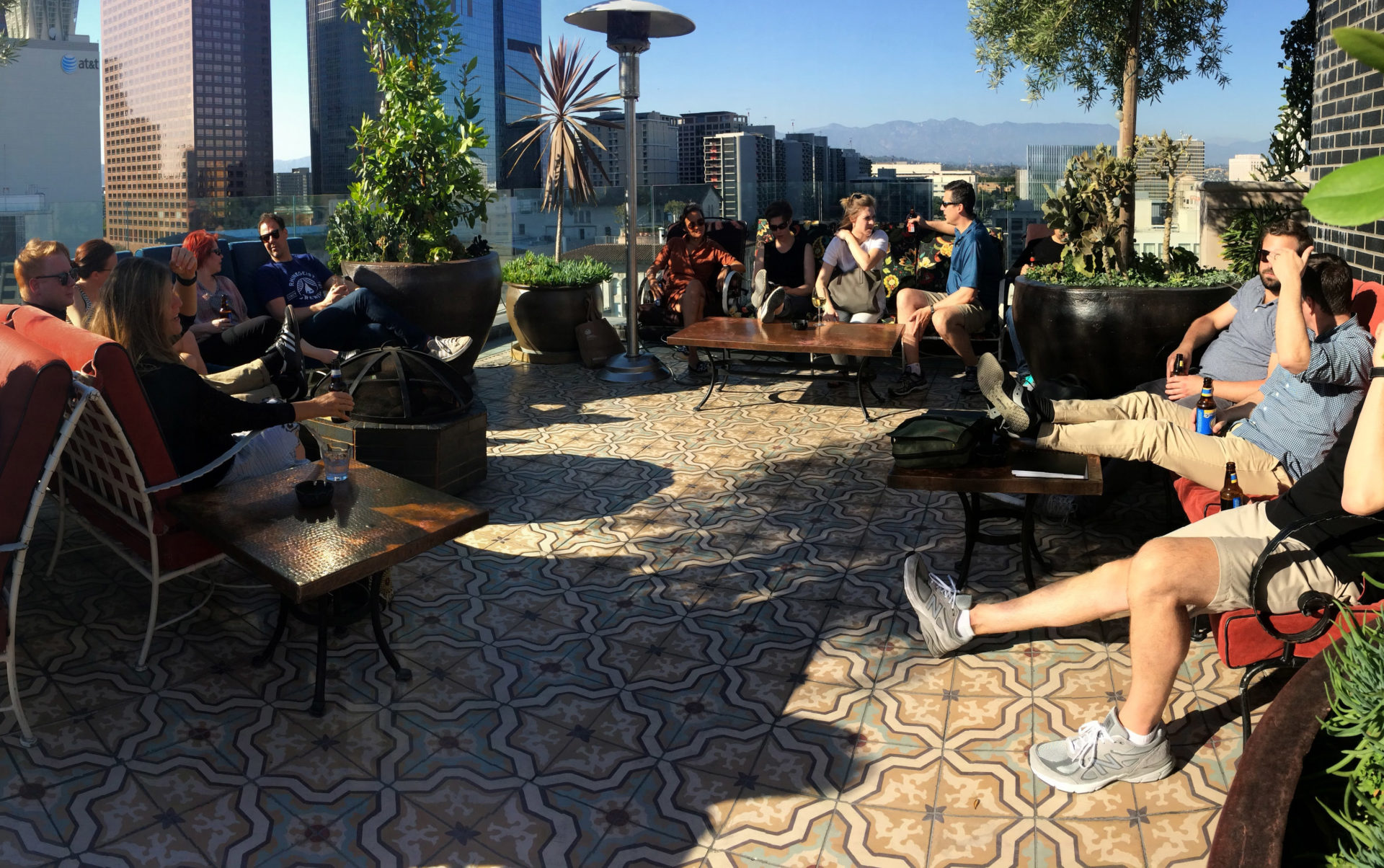
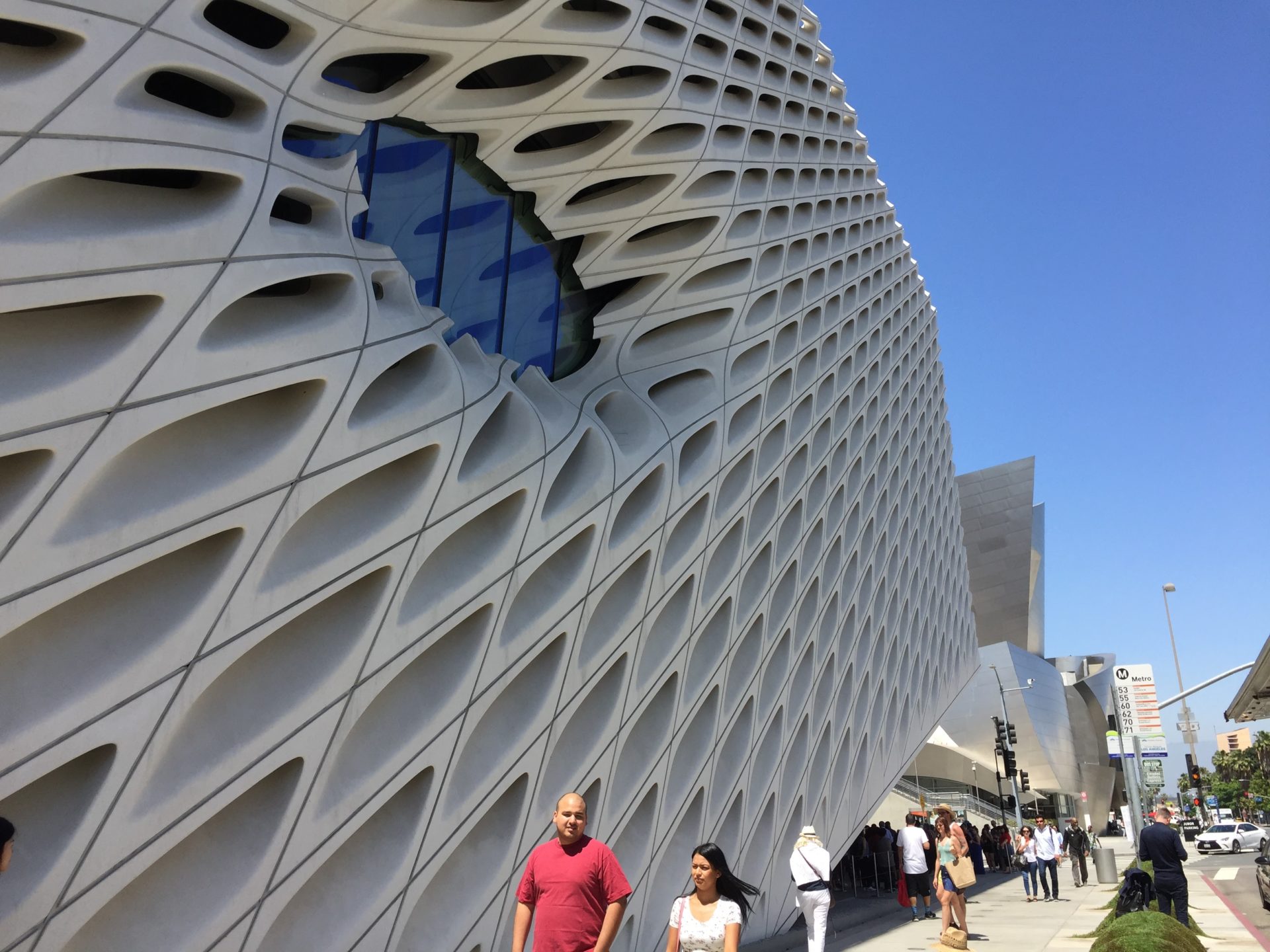
Why Los Angeles? Home to over 4 million people, Los Angeles continues to grow and diversify—racially, economically, and architecturally. Our DX 2017 itinerary included iconic buildings types—housing, worship, museum, education, performance—across the city: Cathedral of Our Lady of the Angels, The Broad, Emerson College LA, The Holocaust Museum, Schindler House, Skid Row Housing, and Disney Hall.
What we saw, what we did: Discussions during DX17 focused on creating bold vision and how we can continually work collaboratively to achieve it. Transformative spaces don’t come easily, they come from working to maintain a project vision from concept through constructions documents. In addition to touring amazing spaces, our weeklong stay at downtown L.A.’s Ace Hotel (originally built in 1927 as the home of renegade movie studio United Artists) was chock full of activities on topics like storyboarding, design vision & language, poetic problem solving, and how technology shapes our vocabulary.
Download DX 2017 Book
DX 2016

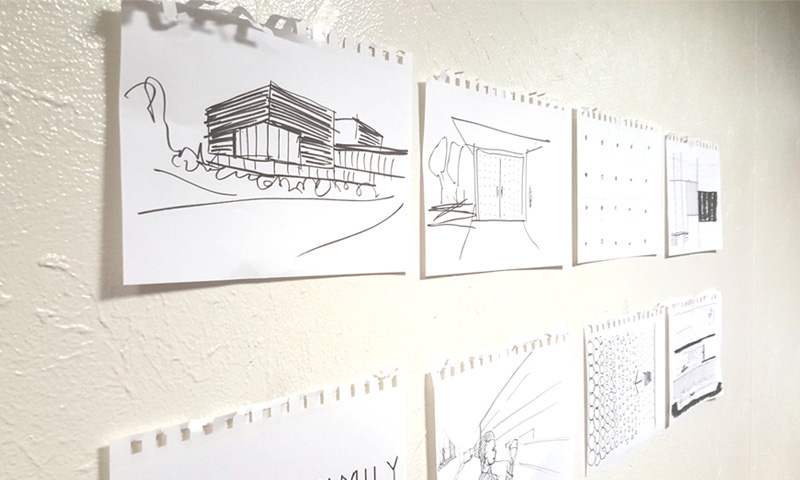
Why Toronto? With a population of 2.8 million people, Toronto is heralded as one of the most multicultural cities in the world. Since the 2000’s, Toronto has experienced a period of architectural revival, with several buildings by world-renowned architects having opened during the late 2000’s. Daniel Libeskind’s Royal Ontario Museum addition, Frank Gehry’s remake of the Art Gallery of Ontario, and Will Alsop’s distinctive Ontario College of Art & Design expansion are among the city’s new showpieces. The historic Distillery District, located on the eastern edge of downtown, has been redeveloped into a pedestrian-oriented arts, culture, and entertainment neighborhood.
What we saw, what we did: Our time in Toronto focused on unpacking two themes: Informed Form (design + research) and Reflection v. Reaction (pushing back against the status quo). Our itinerary included Bar Raval, The Donnelly Centre at the University of Toronto, The Queen-Richmond Centre West, Ryerson University Student Learning Centre, the Wave Deck, Branksome Hall Athletics + Wellness Centre, and Bridgepoint Hospital. Activities included sketching, video documenting, role playing, and storyboarding.
Download DX 2016 Book
DX 2015
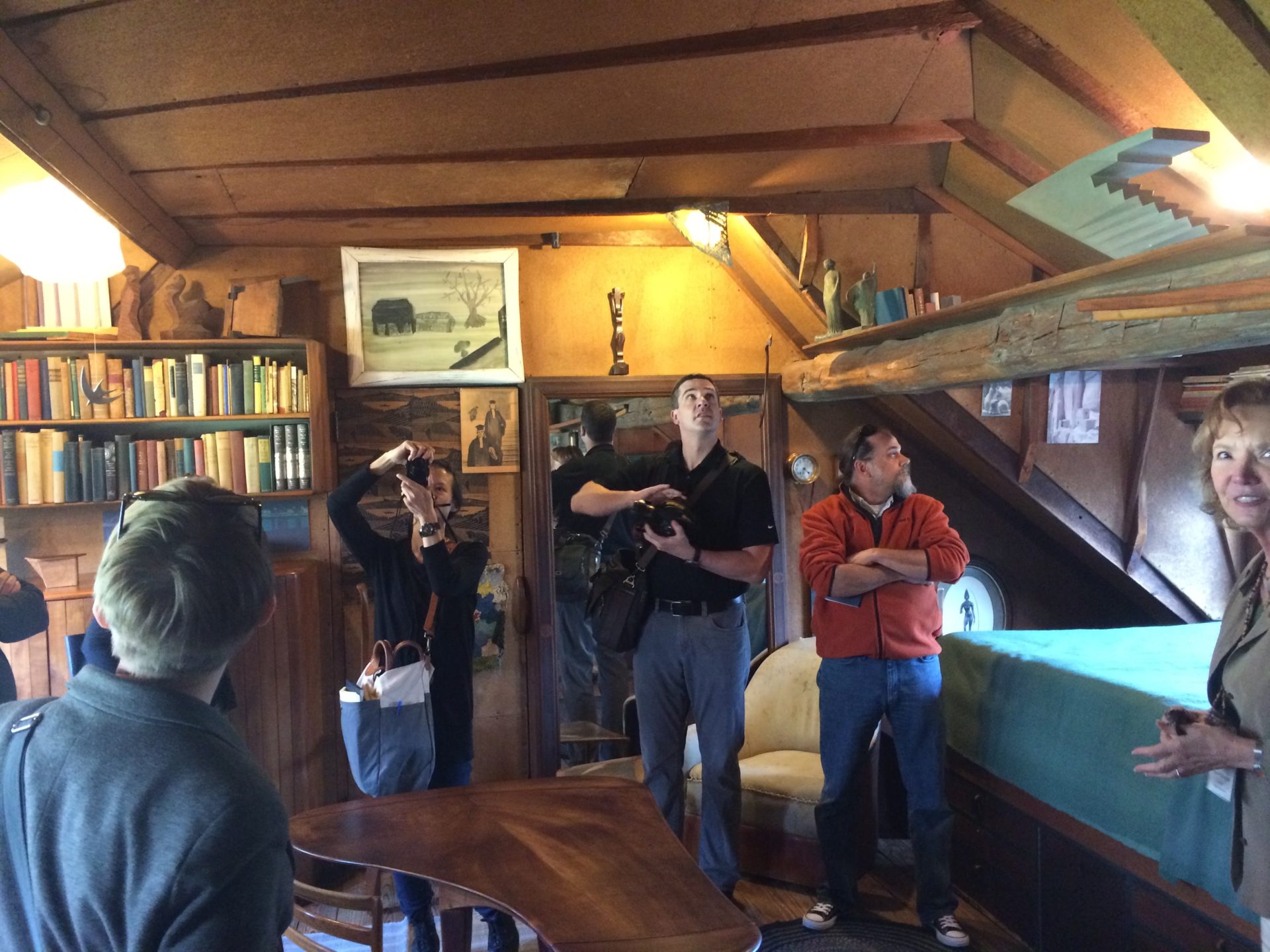
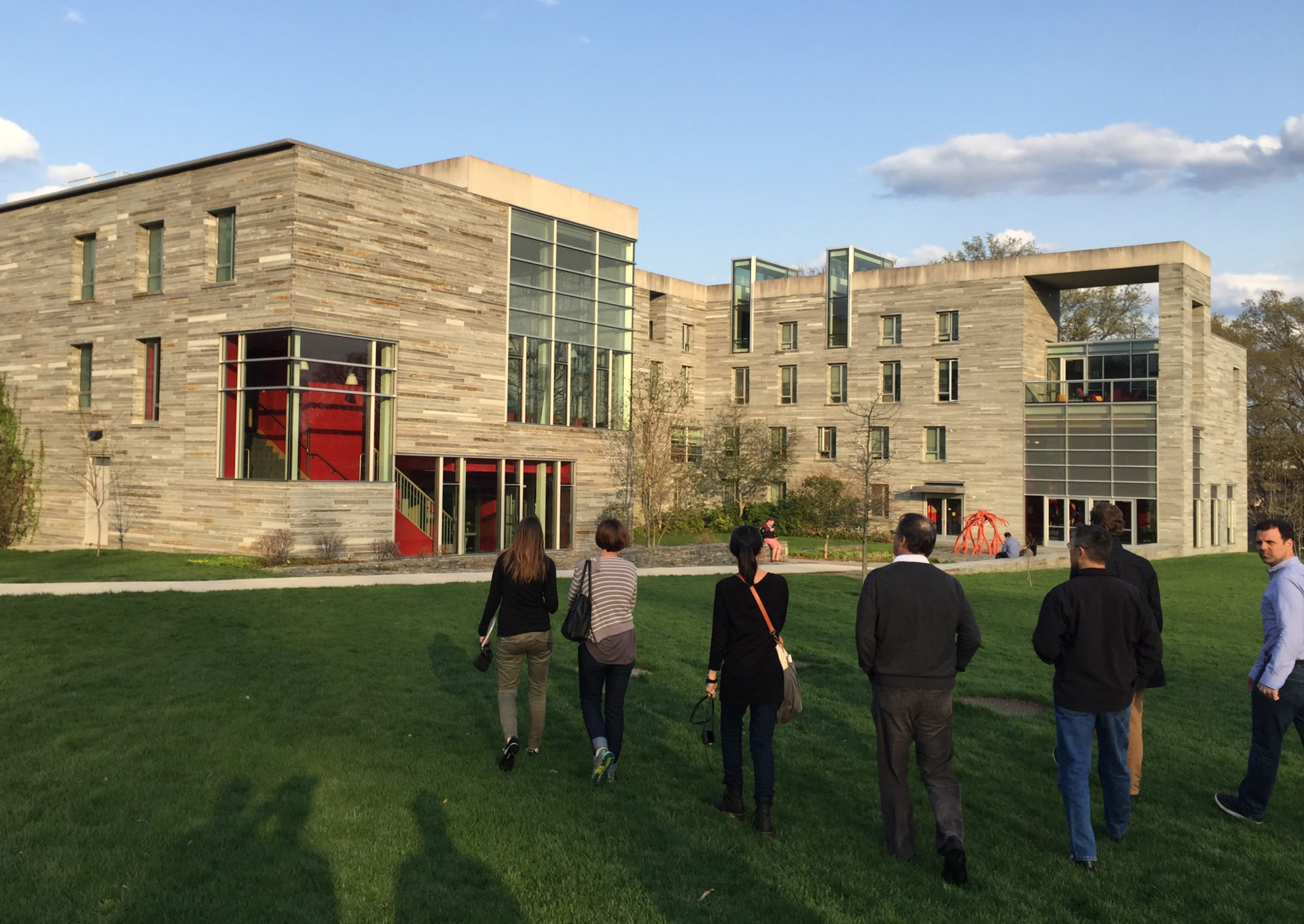
Why Philadelphia? For our inaugural Design Expedition, we traveled to the city that may be as famous for a sandwich (our favorite: Jim’s Steaks) as it is for being the birthplace of The United States Constitution.
What we saw, what we did: Our design itinerary included touring the Wharton Esherick House, Swarthmore College, Children’s Hospital of Philadelphia, The Barnes Foundation, and the University of Pennsylvania. Small group discussions happened after each tour to reflect on what we saw and learned from each visit. Our travel team participated in group exercises to discuss how we form our project teams and possible advancements to help us do our best work on every project. We used role playing exercises to practice communicating design ideas to various stakeholders like clients, community groups, and consultants. Fittingly enough, our trip to Philadelphia was the beginning of the evolution of our Guiding Principles, which define why we do what we do, how we work, and what it means to us. The takeaway from this work: When are doing our best work, our designs reflect a deep understanding of both the experiential quality of the space and how people use it AND the performance of the built environment and how it is constructed. The Venn Diagram was created to depict this concept and has become a beacon to guide our design teams.



